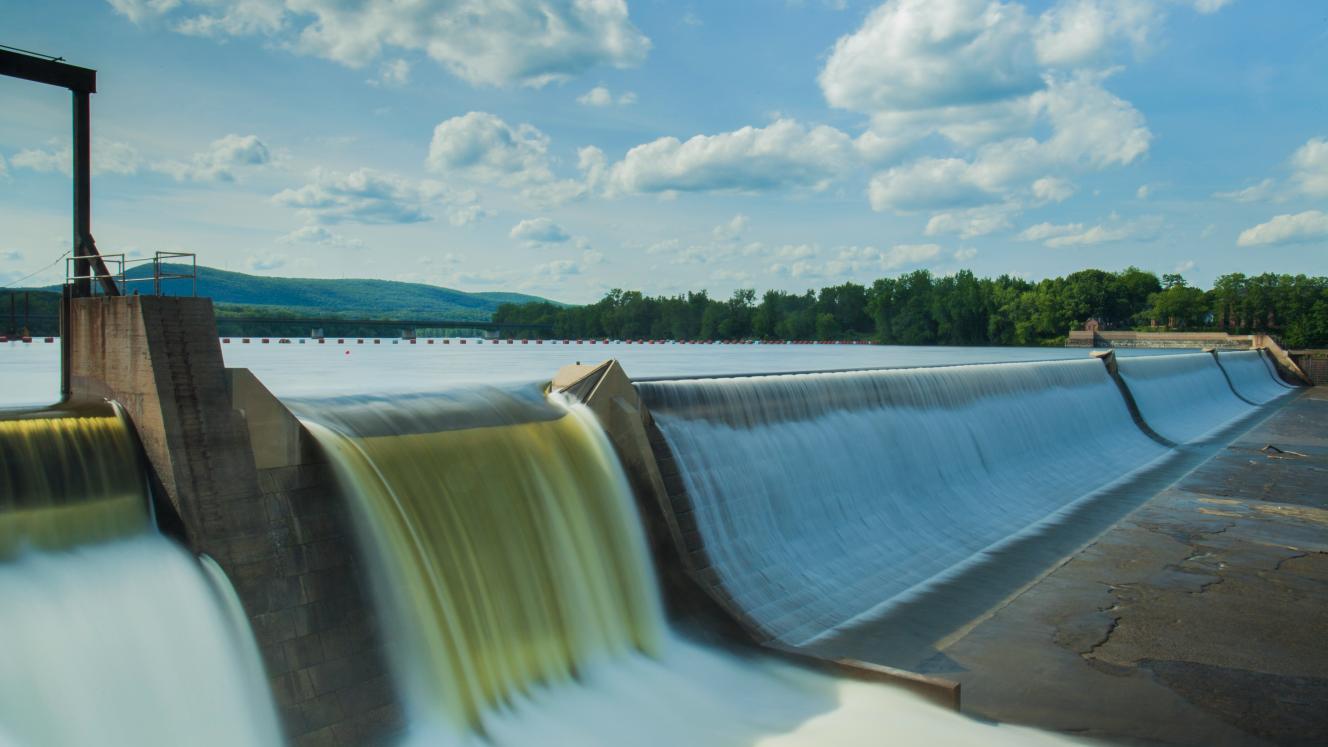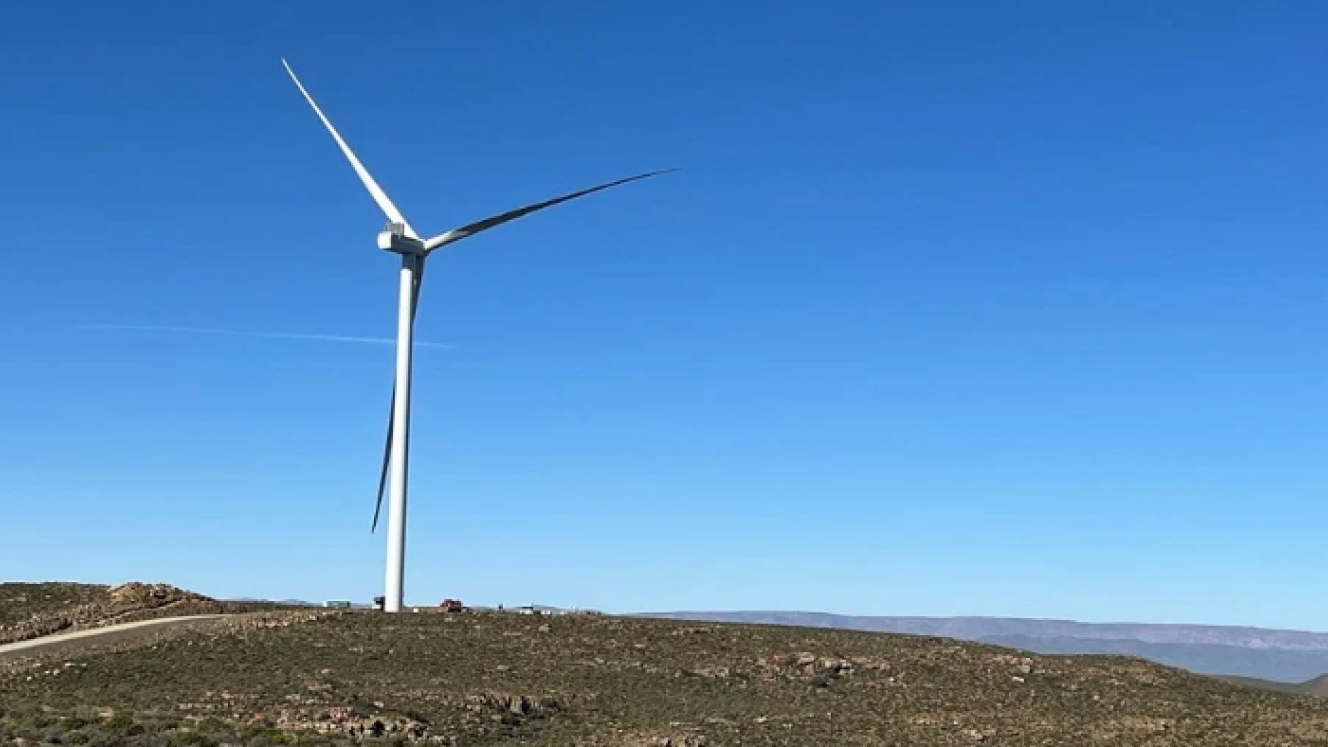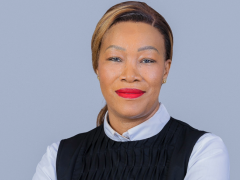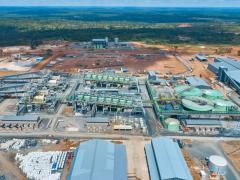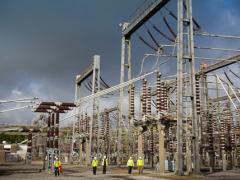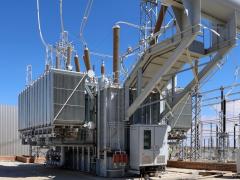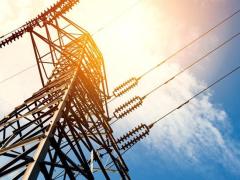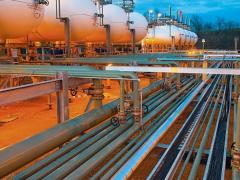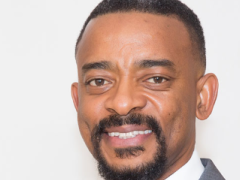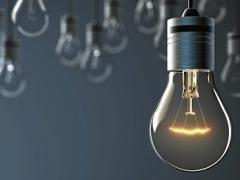Despite hydropower already providing 40% of sub-Saharan Africa’s power, 90% of Africa’s hydropower potential has yet to be tapped.
This is based on the 2024 World Hydropower Outlook report by the International Hydropower Association (IHA). The annual report monitors and guides global hydropower development toward net zero pathways. It also addresses policy and financial investment challenges.
“There are some encouraging signs with Africa installing 2 GW in 2023 – a quarter of the global increase in conventional hydropower,” the report states.
In 2023, the top African countries by added hydropower capacity were Nigeria (740 MW), Uganda (408 MW), DRC (382 MW), Tanzania (262 MW) and Burundi (27 MW).
The top three African countries with total installed hydropower capacity in 2023 were Ethiopia (4 825 MW), Angola (3 836 MW) and South Africa (3 600 MW).
The report emphasises South Africa’s focus on advancing small-scale hydropower projects, particularly in rural areas with limited grid access. It mentions the government’s independent producer programme aimed at attracting private investments in hydropower. “Despite significant investments and efforts, none have progressed beyond the initial stage,” according to the report.
The report also highlights Mozambique’s plan to halt its long-standing hydropower supply to South Africa by 2030 and redirect the electricity generated for domestic use, which presents challenges for South Africa’s electricity supply.
The IHA highlights Africa’s lag in meeting energy goals, stressing the urgent need to modernise hydropower infrastructure for improved efficiency and resilience. The report underscores the importance of supportive policies and investment incentives to maximise Africa’s hydropower potential.
“More droughts and floods due to climate change will mean an increased need to invest in water infrastructure such as dams and reservoirs. Where possible, these should be powered,” says Eddie Rich, Chief Executive Officer of IHA.
“The more variable power that is developed through solar and wind, the more hydropower will be required to provide balance and flexibility when the wind doesn’t blow and the sun doesn’t shine,” says Malcolm Turnbull, IHA President.
